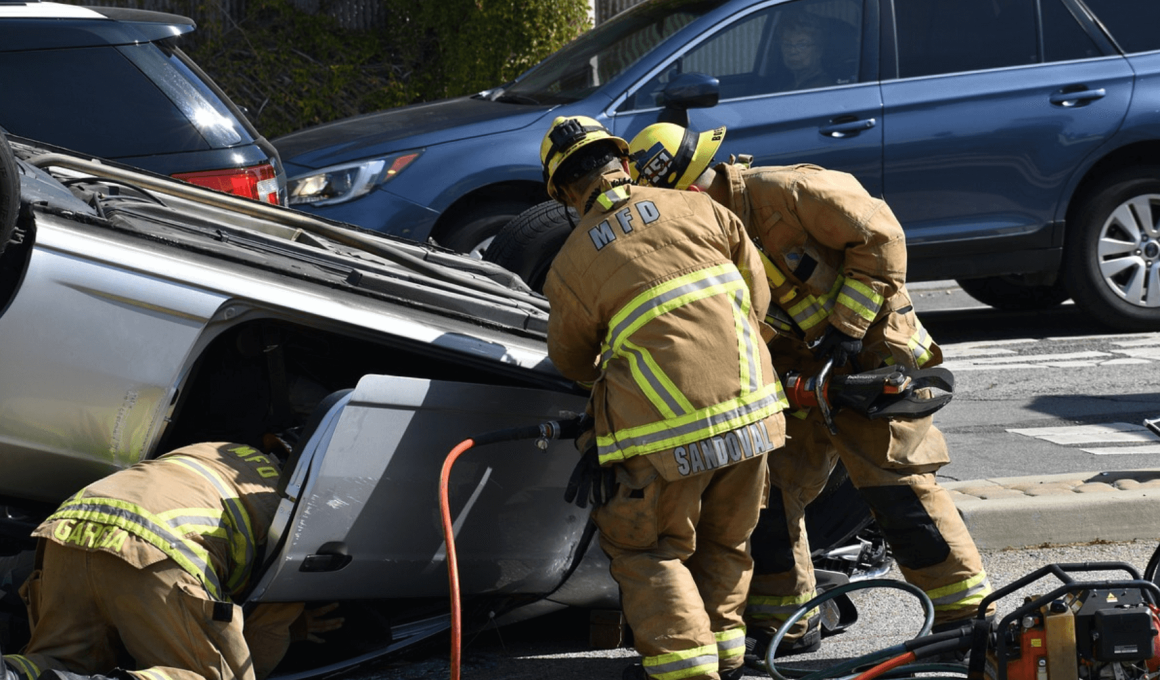Car accidents are stressful, unpredictable, and often result in extensive physical, emotional, and financial damages. In such a situation, it can be difficult to know what to do and who to turn to for help. In this article, discover the things you need to know in order to navigate a car accident at 1800 Car Wreck and how they can protect you best.
Introduction
Car wrecks are unfortunately a common occurrence on America’s roads. Although most car accidents are minor fender benders, some can be much more serious, involving extensive damage, injuries, and even fatalities. If you’ve been involved in a car wreck, it’s important to know what to do to protect yourself both legally and physically.
This guide will provide you with everything you need to know about navigating a car accident at Car Wreck, from exchanging information with the other driver to filing an insurance claim. We’ll also give you some tips on what to do if you’re injured in the accident and how to protect yourself from being taken advantage of by unscrupulous insurance companies.
What to do After the Accident: Calling the Police, Collecting Evidence, and Getting Necessary Details
If you’re involved in a car accident, the first thing you should do is call the police. Even if the accident isn’t serious, it’s always best to err on the side of caution and have law enforcement officers investigate the scene. Once the police are there, be sure to give them your account of what happened, as well as any pertinent information about the other drivers involved.
Next, it’s time to start collecting evidence. Take pictures of the damage to both vehicles, as well as any skid marks or debris at the scene. It’s also important to get contact information from any witnesses who saw what happened. The more evidence you have, the easier it will be to prove your case if you need to file an insurance claim or take legal action.
Finally, be sure to exchange insurance information with the other driver involved. You’ll need their name, contact information, and policy number in order to process a claim. If possible, it’s also a good idea to get a copy of the other driver’s driver’s license and registration. With this information in hand, you’ll be able to handle everything related to the accident with relative ease.
For Drivers Involved in an Accident: Obtaining Legal Representation and Understanding Insurance Coverage
After being involved in a car accident, it is important to seek legal representation as soon as possible. An experienced attorney can help you understand your insurance coverage and make sure that you are receiving the full benefits to which you are entitled.
When choosing an attorney, be sure to ask about their experience handling car accident cases. You should also inquire about their fees and whether they offer a free initial consultation.
Once you have chosen an attorney, they will likely request that you sign a retainer agreement. This document outlines the terms of their representation and lays out their fee structure. Be sure to read this agreement carefully before signing it.
Your attorney will then begin working on your case by gathering evidence and interviewing witnesses. They will also work with your insurance company to determine what coverage is available to you under your policy. In some instances, your attorney may file a lawsuit on your behalf in order to recover damages not covered by insurance.
If you have been involved in a car accident, seeking legal representation as soon as possible is crucial in order to protect yourself and obtain the full benefits to which you are entitled.
Issues with Mediation After a Car Accident
Issues with Mediation After a Car Accident
If you’ve been in a car accident, the last thing you want to do is go through mediation and try to work things out with the other driver. Unfortunately, this is often the best course of action to take. Here are some of the issues you may face during mediation after a car accident:
- The other driver may not be cooperative. This can make it difficult to come to an agreement on who was at fault for the accident and how much damages should be paid.
- You may not be able to come to an agreement on a fair settlement amount. If both sides are far apart on what is considered a fair settlement, mediation may not be successful.
- Mediation can be time-consuming and frustrating. It’s important to remember that mediation is often the best solution for car accidents since it avoids going to court and can save you money in the long run.
Issues with Settlements After a Car Accident
If you are involved in a car accident, the last thing you want to deal with is issues with settlements. Unfortunately, this is a reality for many people. Here are some of the most common issues that can arise:
- Your insurance company may try to lowball you on your settlement. This is especially true if you have not had an accident before or if your damages are not severe.
- You may not be able to reach a settlement agreement with the other driver’s insurance company. This can happen if the other driver does not have insurance or if there is disagreement about who was at fault for the accident.
- The insurance company may deny your claim altogether. This can be frustrating and leave you feeling helpless, but it is important to remember that you have options. You can file a complaint with your state’s insurance department or take legal action against the insurance company.
- Finally, even if you do reach a settlement agreement, it may not be for the full amount of damages you incurred. This is why it is so important to document everything related to your accident and keep track of all of your expenses.
Tips to Help Avoid Another Car Accident
If you’ve been in a car accident, or even if you haven’t, you know how scary and stressful they can be. But what’s even worse is when the accident could have been avoided. Here are some tips to help avoid another car accident:
- Drive defensively. This means being aware of your surroundings and anticipating what other drivers might do.
- Follow the speed limit and obey all traffic laws.
- Pay attention to your vehicle and maintain it properly. Be sure to keep your tires inflated, brakes in good working order, and oil levels topped off.
- Avoid distractions while driving, such as cell phones, passengers, and road rage.
- Drive sober! Alcohol and drugs impair your judgment and reaction time behind the wheel.
When All Else Fails: Navigating a Car Accident at 1800
When you’re involved in a car accident, the first thing you need to do is make sure that everyone involved is okay. Once you’ve done that, the next thing you need to do is figure out what to do next. Depending on the severity of the accident, there are different steps you need to take. Here’s what you need to know about navigating a car accident at 1800:
If You’re Involved in a Hit and Run:
If you’re involved in a hit and run, the first thing you should do is try to get the other driver’s information. If you can’t get their information, call the police and file a report. It’s also important to exchange insurance information with the other driver if possible.
If the Accident is Minor:
If the accident is minor, and both cars are still driveable, then it’s important to move your car off of the road if possible. This will help prevent any further damage and will make it easier for traffic to flow. Once you’ve moved your car, exchange insurance information with the other driver and exchange contact information. If there are any witnesses, be sure to get their contact information as well.
If the Accident is Major:
If the accident is major, and one or both cars are not driveable, then it’s important to call 911 and wait for emergency personnel to arrive.DO NOT try to move any injured people out of their cars – this could

